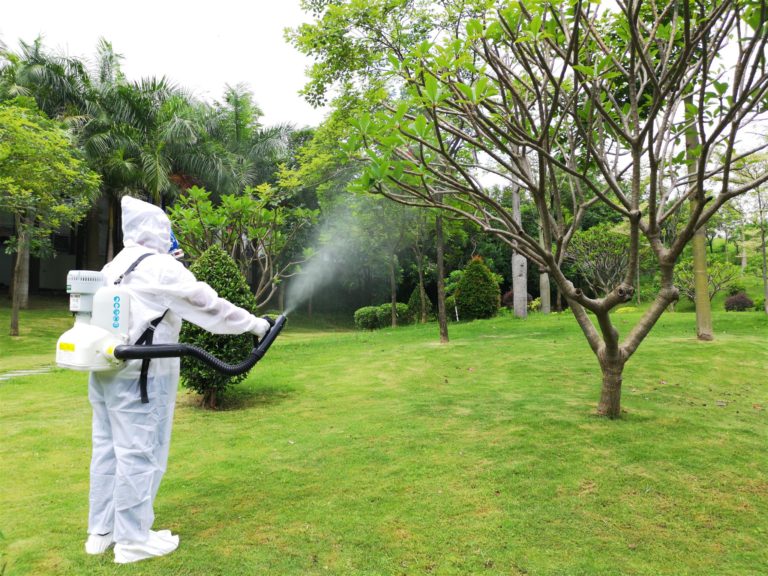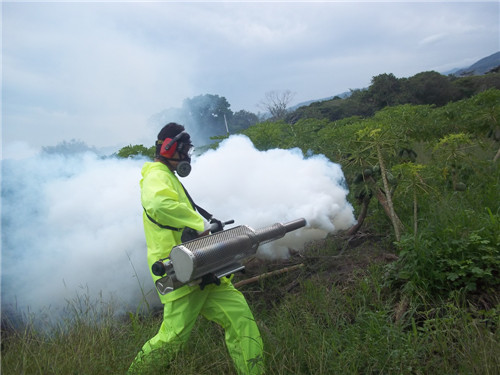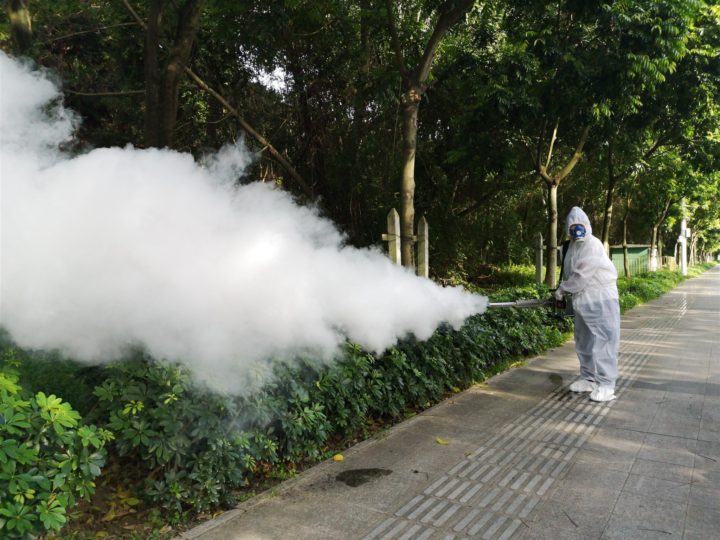Difference Between Fumigation and Fogging Machine Process
In the realm of pest control and disinfection, two popular techniques are frequently used fumigation and fogging. While both are highly effective in their own way, they serve different purposes, use different machines, and follow distinct application methods. This blog explores the key differences between fumigation and the fogging machine process to help you choose the right approach for your pest control or sanitation needs.
What is Fumigation?
Fumigation is a pest control method that uses gaseous chemicals (fumigants) to suffocate or poison pests within an enclosed space. This process is commonly used to eliminate termites, bedbugs, beetles, weevils, and stored grain pests. It is often applied in warehouses, shipping containers, silos, and even homes.
Key Characteristics of Fumigation:
Gas-Based: Fumigation involves the release of toxic gases like methyl bromide or phosphine.
Enclosure Required: The area or item must be completely sealed to allow the gas to work effectively.
Longer Downtime: The process can take several hours to a few days, including ventilation time.
Professional Only: Fumigation is a hazardous process that requires certified experts to conduct it safely.
What is Fogging?
Fogging is a process where a disinfectant or insecticide is converted into fine droplets (fog) using a Fogging Machine. The fog spreads through the air and covers surfaces, killing bacteria, viruses, or pests present in the area. Fogging machines are widely used for mosquito control, COVID-19 disinfection, odor control, and general sanitation in public or private spaces.
Types of Fogging Machines :
Thermal Foggers: Use heat to produce fog, ideal for outdoor applications.
ULV Cold Foggers: Use air pressure to create ultra-low-volume droplets, suitable for indoor use and sensitive areas like hospitals or homes.
Key Characteristics of Fogging :
Droplet-Based: Uses a liquid disinfectant or pesticide turned into mist or fog.
Quick Application: Takes minutes to cover a large area.
Safe for Frequent Use: Safer than fumigation and used more frequently for routine disinfection.
Easy Operation: Machines are portable, easy to use, and cost-effective for both commercial and domestic users.
| Feature | Fumigation | |
| Method | Uses gas chemicals | Uses fine liquid droplets |
| Application | Requires sealed environment | Can be done in open or closed spaces |
| Safety | Toxic and hazardous, professional-only | Comparatively safer, can be done with basic training |
| Purpose | Deep pest eradication (including hidden pests) | Surface-level disinfection and visible insect control |
| Downtime | Long (up to days) | Short (30–60 minutes typically) |
| Cost | High (professional service needed) | Cost-effective (DIY and portable machines available) |
When Should You Use Fumigation?
Fumigation is ideal when dealing with:
Severe infestations of termites, wood borers, or stored grain pests.
Export containers or quarantined goods that need certification.
Structures like warehouseswhere pests are deep-rooted and inaccessible.
When is Fogging the Better Option?
Fogging is recommended for:
Routine disinfection of public places, homes, offices, hospitals, and schools.
Mosquito control in both indoor and outdoor environments.
Controlling the spread of viruses like COVID-19, especially using ULV cold foggers.
Agriculture for spraying pesticides and nutrients using thermal or ULV foggers.
Conclusion
While both fumigation and fogging are vital techniques in pest control and disinfection, understanding their differences helps in selecting the right approach. Fumigation is best for deep and complex infestations, while fogging with machines like ULV Cold Foggers or Thermal Foggers offers a safer, faster, and more flexible solution for regular maintenance and public health.

.jpg)


.jpg)

